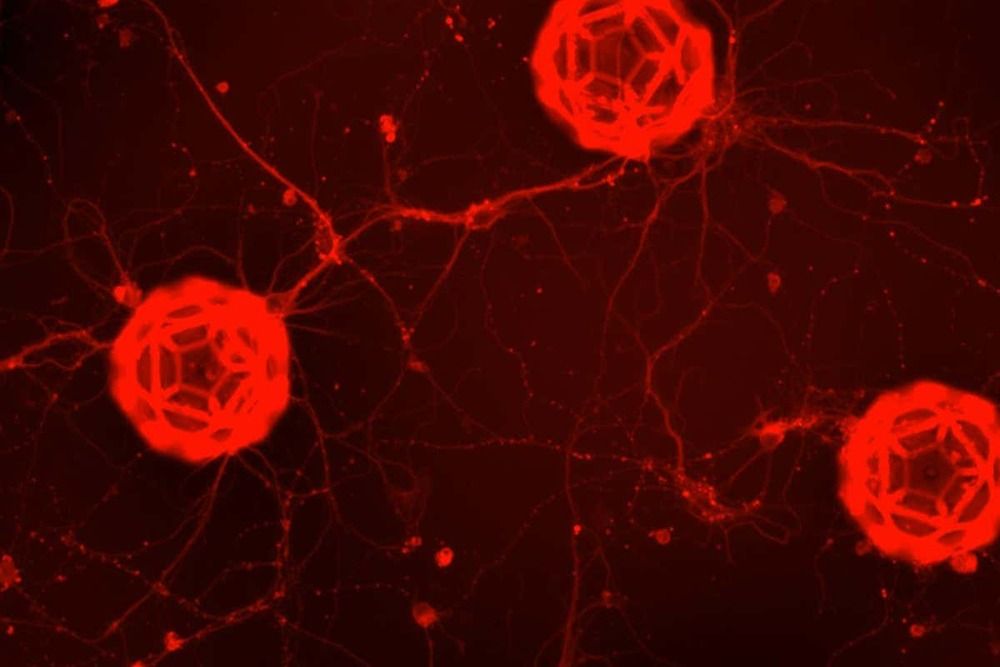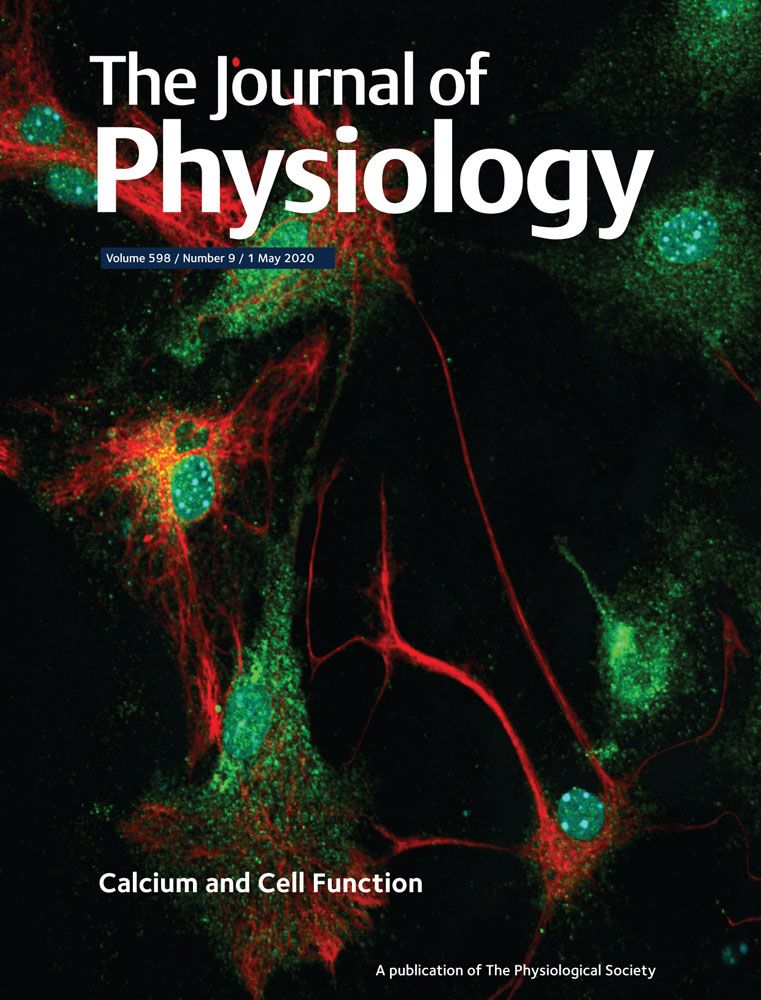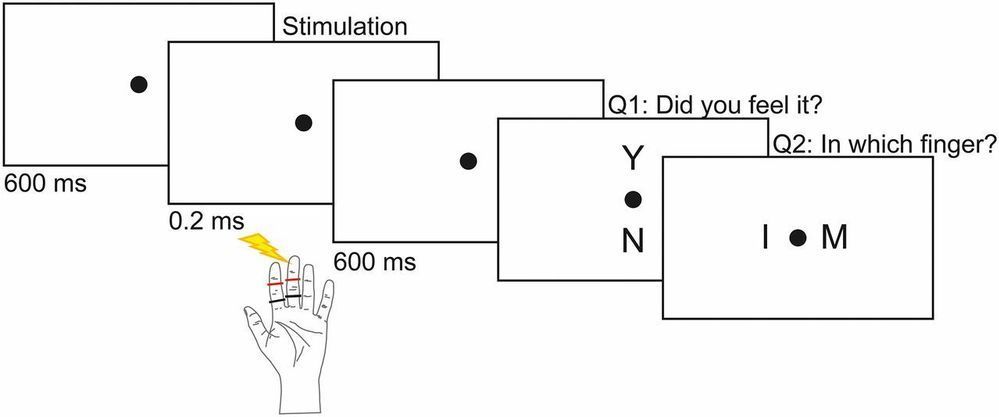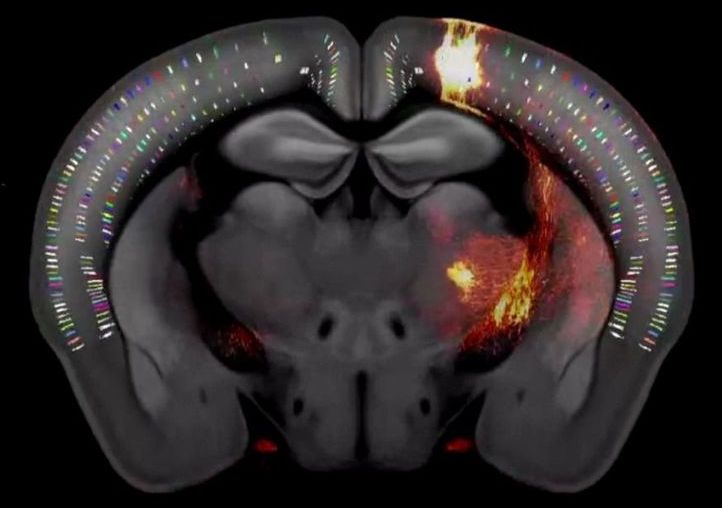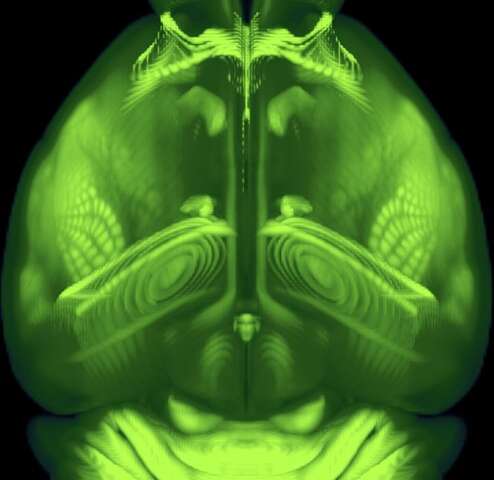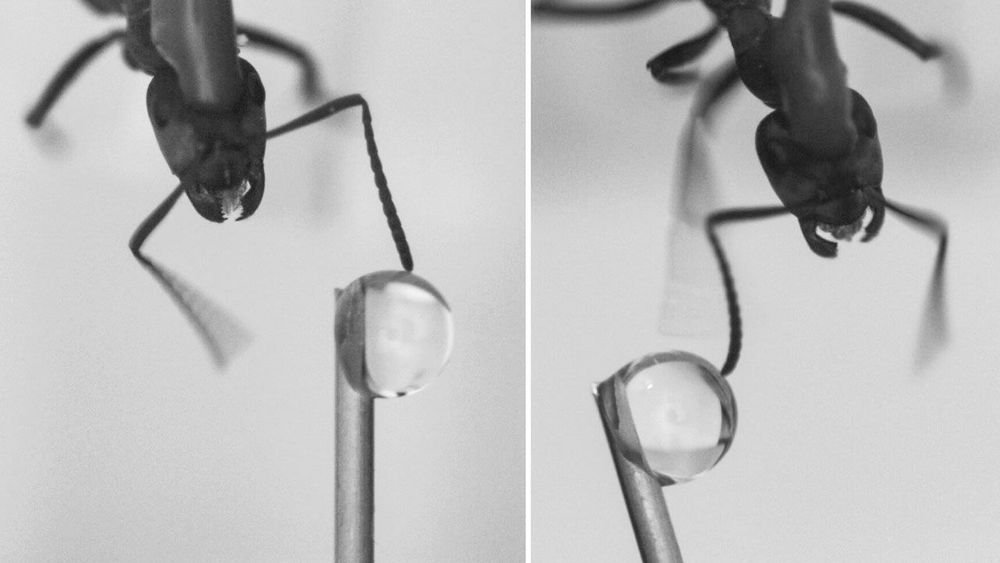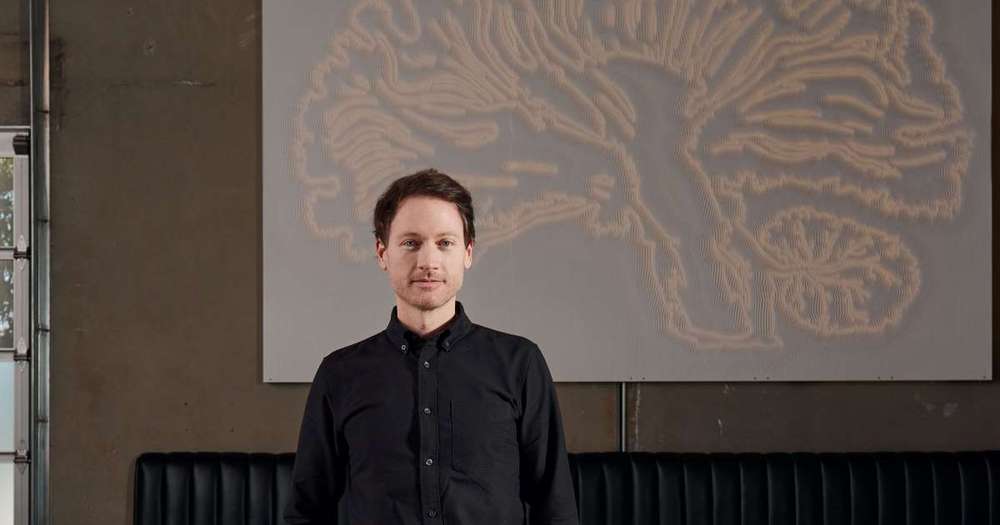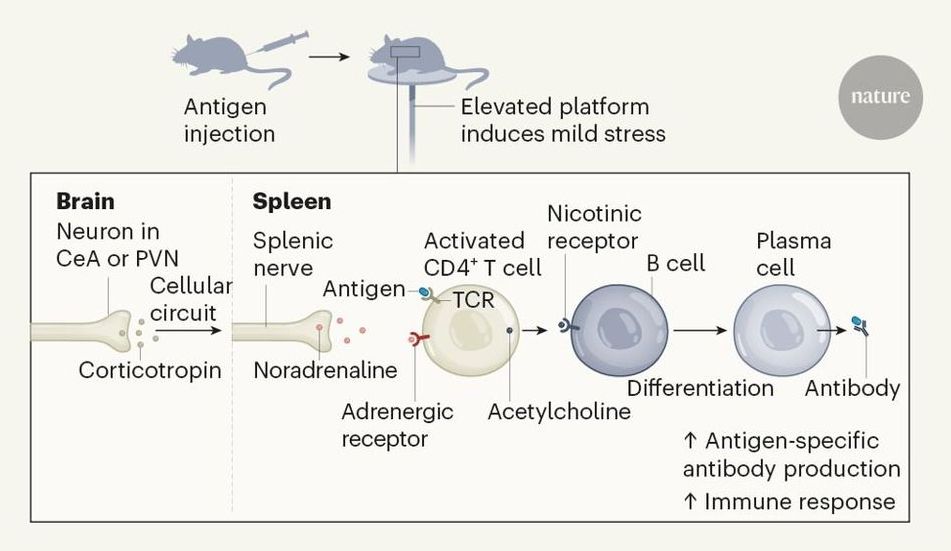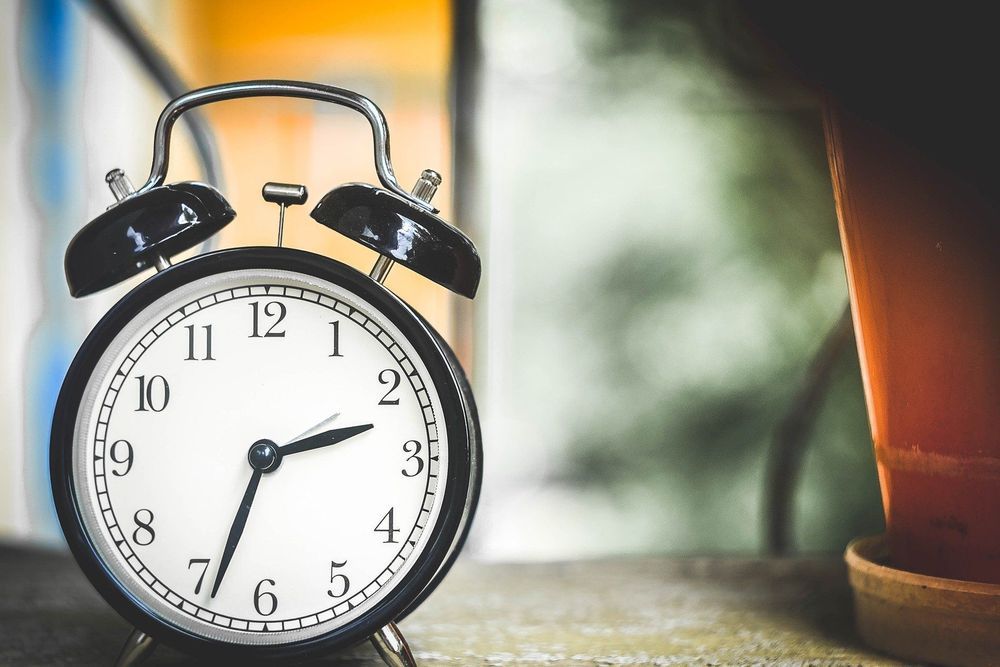
Recent sleep surveys show that Singaporeans are among the world’s most sleep-deprived people. Scientists from Duke-NUS Medical School (Duke-NUS) and the University of Tokyo provide new evidence, which supports the presence of a key mechanism that regulates our biological clock. In the study published in PNAS, the team used preclinical models to validate that mutations in PER2 protein can alter the balance of the circadian period, which can lead to sleep disorders.
Biological clocks are an organism’s innate timing device. It is composed of specific proteins called clock proteins, which interact in cells throughout the body. Biological clocks produce and regulate circadian rhythms —the physical, mental, and behavioral changes that follow a daily cycle. Understanding the molecular mechanisms of the circadian clock provides a huge potential to identify therapeutic interventions to mitigate circadian disruption, and its long-term consequences such as diabetes, obesity and cancer among shift workers, who undergo frequent circadian disruption and are more prone to these diseases.
The Duke-NUS scientists had previously discovered that mutations in a specific protein (called casein kinase 1) alters the core clock protein (called PERIOD or PER), and this changes the timing of the biological clock. In this study, preclinical models were used to investigate the role of PER2 (a type of PER protein) in clock regulation to further understand and strengthen the model.
